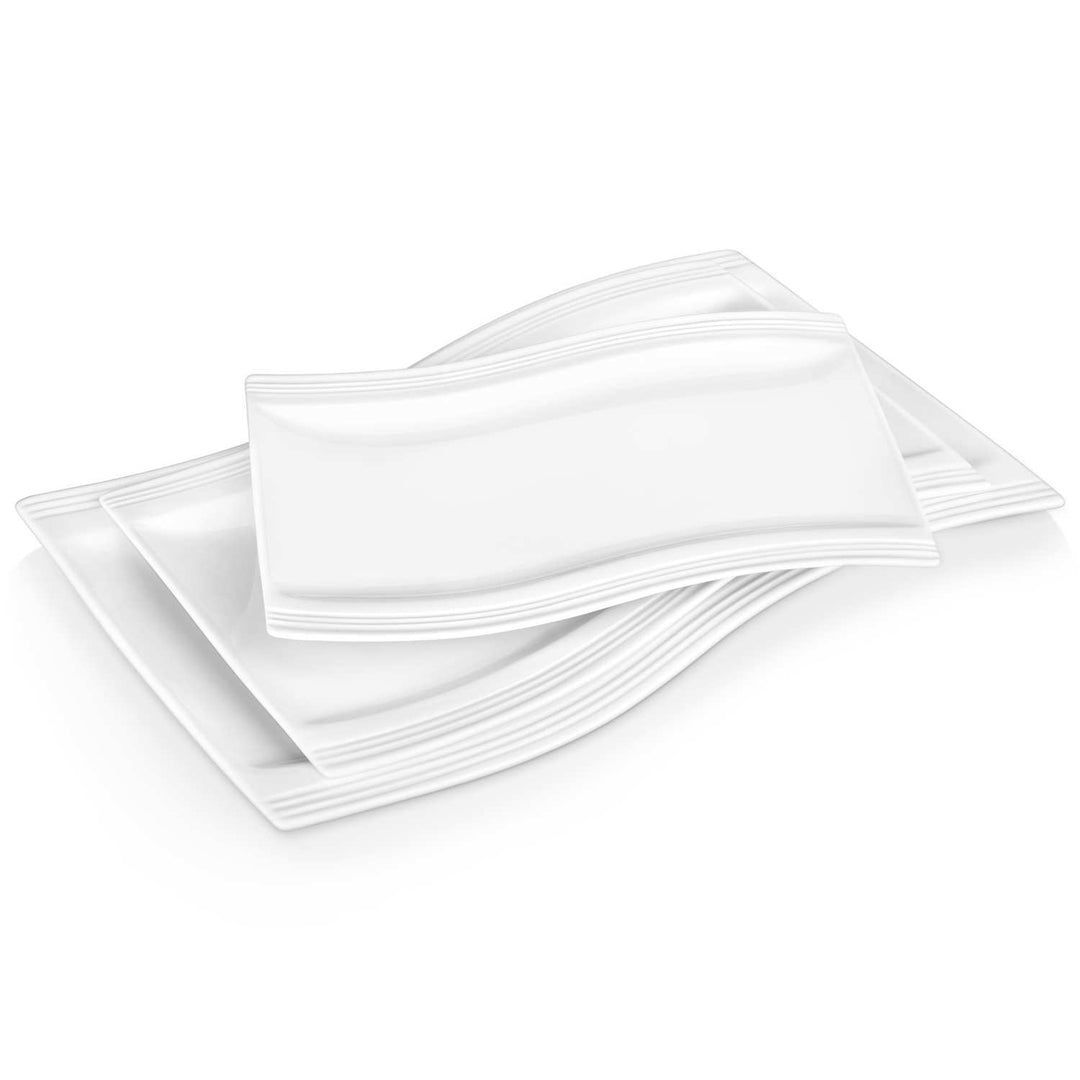Keen to explore the world of kiln-fired trays? These exquisite pieces of ceramic art not only serve practical purposes but also add aesthetic value to any setting. Understanding the techniques involved in creating these trays can elevate your appreciation for ceramics and inspire your own artistic endeavors.

Understanding Kiln-Fired Trays
Kiln-fired trays are crafted through a meticulous process that involves shaping clay, glazing, and firing in a kiln. This process transforms raw materials into durable and beautiful ceramics. The firing process is crucial, as it solidifies the clay and enhances the colors and textures of the glaze. Have you ever wondered how different firing temperatures affect the final product? The answer lies in the chemistry of the materials used.
Materials and Techniques
Creating stunning kiln-fired trays begins with selecting the right materials. Here are some essential components:
- Clay: Choose a clay body that suits your design. Stoneware and earthenware are popular choices for their durability.
- Glazes: Experiment with various glazes to achieve different finishes. Some glazes may react uniquely during firing, creating unexpected effects.
- Tools: Utilize tools such as rolling pins, cutters, and stamps to shape and decorate your trays.
When it comes to techniques, consider the following methods:
- Handbuilding: This technique allows for creativity and personalization. You can create unique shapes and textures.
- Throwing: If you prefer a more uniform shape, using a potter's wheel can help you achieve that.
- Slip Casting: This method involves pouring liquid clay into a mold, allowing for consistent shapes and sizes.
Firing Process
The firing process is where the magic happens. During this stage, the clay undergoes physical and chemical changes. The temperature and duration of the firing can significantly impact the final appearance of your kiln-fired trays. Typically, the firing process includes:
- Bisque Firing: This initial firing removes moisture and hardens the clay.
- Glaze Firing: This second firing melts the glaze, creating a glass-like surface that enhances the tray's beauty.
Functional and Aesthetic Qualities
One of the most appealing aspects of kiln-fired trays is their versatility. They can be used for serving food, displaying art, or even as decorative pieces. The combination of functionality and beauty makes them a favorite among both artists and consumers. Are you considering adding kiln-fired trays to your collection? They can be a perfect addition to any kitchen or dining area.
Where to Find Beautiful Kiln-Fired Trays
If you are looking to purchase exquisite kiln-fired trays, consider exploring collections from reputable sources. For instance, you can find a variety of stunning serveware options at  . These trays not only showcase craftsmanship but also offer functionality for everyday use.
. These trays not only showcase craftsmanship but also offer functionality for everyday use.
Conclusion
In conclusion, the art of creating kiln-fired trays is a rewarding journey that combines creativity, technique, and science. Whether you are an aspiring ceramicist or simply an admirer of fine ceramics, understanding the intricacies of this craft can deepen your appreciation for these beautiful and functional pieces. So, why not explore this fascinating world further?








